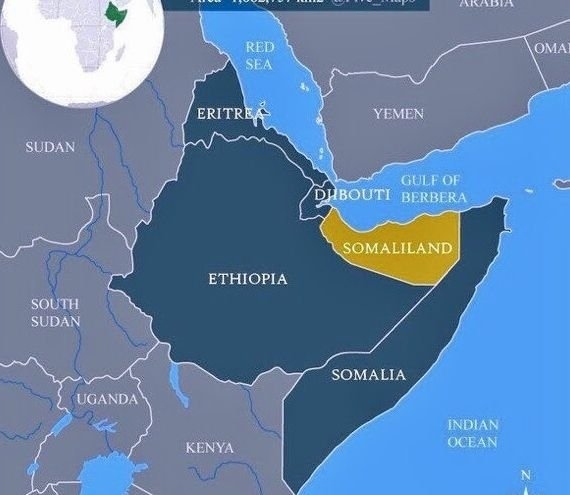 A banking hall./FILE
A banking hall./FILE
When Kenyan exporters ship tea to Nigeria or Tanzanian manufacturers sell goods to Ghana, they face a familiar challenge: navigating complex cross-border payments, currency exchanges, and trade financing across fragmented banking systems.
This is where Pan-African banks are making their mark, offering seamless financial solutions that span the continent's 54 countries.
East Africa sits at the heart of this transformation. With the region's established financial technology leadership—from Kenya's M-Pesa revolution to Rwanda's digital banking innovations—East African businesses are uniquely positioned to benefit from continental banking integration.
The African Development Bank reports a striking gap: global regions conduct 60 percent of their trade internally, while Africa manages only 16 percent intra-continental commerce.
This disparity reveals enormous untapped potential—one that Pan-African banks are uniquely positioned to unlock through comprehensive trade finance packages, streamlined foreign exchange services, and digital payment platforms that eliminate traditional barriers to cross-border business.
The statistics are compelling: Africa's 1.4 billion people include 840 million under age 25, representing the world's youngest population.
By 2050, one in four working-age people globally will be African. Yet, accessing capital remains a critical bottleneck, with 66 percent of Sub-Saharan Africans lacking formal banking services.
Pan-African banks operate differently from traditional institutions.
Instead of stopping at national borders, they create financial highways across the continent.
United Bank for Africa (UBA), for instance, operates in over 20 African countries, allowing a Ugandan coffee exporter to access the same banking relationship in Cameroon or Senegal.
This connectivity matters enormously for East African businesses.
A Nairobi-based logistics company can now secure trade finance in Lagos, receive payments through Accra, and manage currency risks across multiple markets through a single banking relationship.
The African Continental Free Trade Area (AfCFTA), which began implementation in 2021, has created additional momentum.
The agreement aims to eliminate tariffs on 90 per cent of goods traded between African countries, but success depends on having financial infrastructure to support increased trade flows.
East Africa's mobile money success story provides a template for continental expansion. Kenya's M-Pesa processes over $50 billion annually, demonstrating how digital solutions can reach previously excluded populations.
Pan-African banks are now building on this foundation, offering mobile banking, digital wallets, and agent banking services across multiple countries.
For small and medium enterprises (SMEs), which represent 90 percent of African businesses and employ over 60 percent of the workforce, these digital solutions can be transformative.
A small-scale farmer in rural Kenya can now access crop financing, weather insurance, and market information through the same mobile platform used for payments.
The changes are already visible in East African trade patterns. Intra-regional trade within the East African Community has grown from $3.5 billion in 2010 to over $8 billion today.
Pan-African banks have facilitated much of this growth by offering trade finance solutions that reduce the time and cost of cross-border transactions, foreign exchange services that help businesses manage currency risks across multiple markets, working capital loans tailored to seasonal trading patterns and cash flow cycles and digital payment platforms that enable instant, low-cost transfers across borders.
Despite progress, significant challenges remain. Regulatory differences between countries can create compliance complications.
Infrastructure gaps in rural areas limit access to digital services. Currency volatility continues to complicate long-term planning for businesses operating across multiple markets.
However, these challenges are driving innovation rather than limiting it.
Pan-African banks are investing heavily in regulatory technology to navigate complex compliance requirements.
They're partnering with telecommunications companies to extend financial services through mobile networks. They're developing new products specifically designed for volatile economic environments.
Looking ahead, Pan-African banks are embracing sustainable finance principles that align with Africa's development needs.
This includes financing renewable energy projects, supporting climate-smart agriculture, and investing in green infrastructure that can withstand environmental challenges.
For East Africa, this approach is particularly relevant. The region's abundant solar and wind resources, combined with growing energy demand, create significant opportunities for sustainable development financing.
Pan-African banks are positioning themselves to channel both domestic savings and international investment toward these opportunities.
Africa's economic future depends on its ability to integrate markets, embrace financial innovation, and create inclusive growth opportunities.
Pan-African banks, with their continental reach and digital capabilities, are uniquely positioned to drive this transformation.
For East African businesses, entrepreneurs, and policymakers, the message is clear: the financial infrastructure for continental integration is rapidly taking shape.
The question is not whether Africa will unlock its economic potential, but how quickly regional players can position themselves to benefit from the opportunities ahead.
As the continent's youngest population enters the workforce and digital connectivity expands, Pan-African banks are building the financial bridges that will connect local opportunities with continental markets.
The future of African commerce is being written today, one cross-border transaction at a time.












